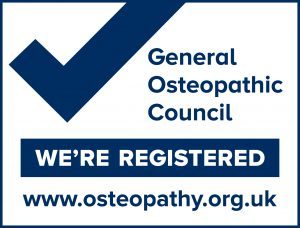My daughters Lisa and Jennifer have both suffered with headaches and stress related issues, without Richard’s expertise in osteopathy and his ability to treat their backs, necks and heads, thus giving them the release from their reoccurring headaches and pain, their lives would be far from normal.
Posture problems & Chronic Pelvic Pain in Postmenopausal Women
A small study from Spain and reported on Reuters Health suggests postmenopausal women who have chronic pelvic pain may also have problems with their balance and posture.
“Women with chronic pelvic pain presented with poor balance including anticipatory, reactive postural control, sensory orientation, dynamic gait. Posture showed a head forward position, higher values on the dorsal angle, and lower sacral inclination,” Dr. Marie C. Valenza and colleagues from the Faculty of Health Sciences of the University of Grenada report in Menopause.
“They also presented less spine alignment and a more prevalent posture with increased kyphosis and lumbar lordosis,”
Between 2016 and 2017, the research team performed a cross-sectional study of 48 women with CPP who were recruited from the gynecology departments of two academic hospitals and 48 control women matched according to age and body characteristics. The women in the chronic pelvic pain group had a normal neurological examination and pelvic pain lasting over six months.
Potential participants were excluded if they had had radiation or pelvic cancer, pelvic or abdominal surgery, or had been diagnosed with neurological or muscular disorders, fibromyalgia or irritable bowel disease, diabetes, or pregnancy, or if they had a psychiatric disorder, cognitive impairment, or dementia.
The control group of women – without chronic pelvic pain – were matched with the experimental group by age, weight, height, body mass index (BMI) and similarity of muscle development.
The authors found significant differences in all Mini Balance Evaluation Systems Test incl: anticipatory/reactive postural control, sensory orientation & dynamic gait .
Using photogrammetry and a hand-held inclinometer, the researchers demonstrated that the women with CPP also had significantly different spinal cervical angles compared with the controls, indicating forward head posture. Their global spine alignment deviated significantly more than the spine alignment of the controls, and a higher percentage of them had increased thoracic kyphosis and lumbar lordosis.
Richard katesmark comments; Over the years I have had good results treating women with pelvic pain, many of whom have been referred to me by gynaecologists (once they have ruled out any overt illness). So it’s nice to see some research showing definitive links between musculoskeletal factors & pelvic pain.

